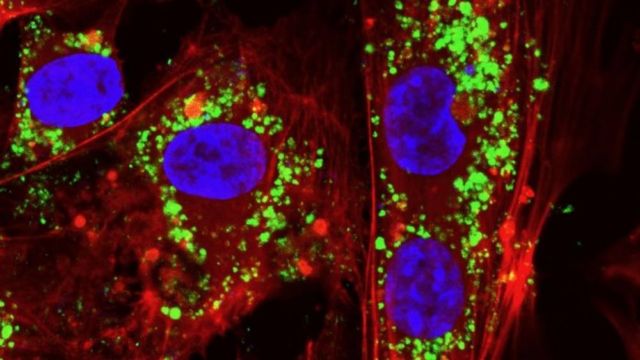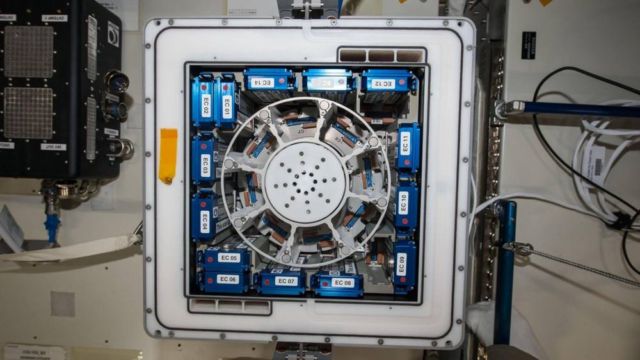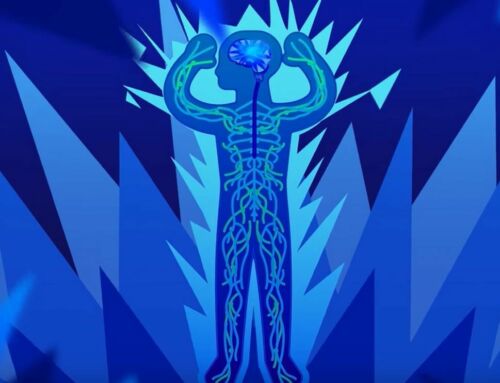A European experiment to slow the aging process using innovative antioxidants, is on its way to space.
Wrinkles, muscle pain, high blood pressure and a clumsy brain are all natural consequences of getting old. As our cells rust over time, a key to fighting chronic disease may be in tiny, smartly designed particles that have the potential to become an anti-ageing supplement.
Above, nanoparticles. Credits ESA
SpaceX’s Dragon spacecraft lifted off today from Cape Canaveral, in the United States, destined for the International Space Station. Among its cargo are living cells and ceramic particles that will coexist for six days in an incubator.
The samples travel cozy and warm, stored at a temperature of about 30°C, to meet the stresses of life in space. Weightlessness, artificial gravity and radiation will impact the culture, and researchers on Earth are eager to know how.
Kubik on Space Station. Credits ESA
The Nano Antioxidants experiment looks for novel ways to stimulate cells in the battle against muscle loss, heart failure, diabetes or Parkinson’s disease. Going down to the genetic level, scientists hope to find a tailored solution that will stop the detrimental effects of long stays in Earth orbit and in deep space.
The high-flying ceramic particles, called nanoceria, mimic the biological behaviour of enzymes from living organisms. “These nanomaterials chemically designed in our lab are very promising for their antioxidant activity. The particles can protect organisms from the damage caused by oxidative stress,” explains lead scientist Gianni Ciofani from the Italian Institute of Technology.
“Nanotechnology has been explored in medicine on Earth, but its application in space is still in its infancy,” says Gianni.
source ESA







Leave A Comment